Grandma’s Fur: From Glam to Green
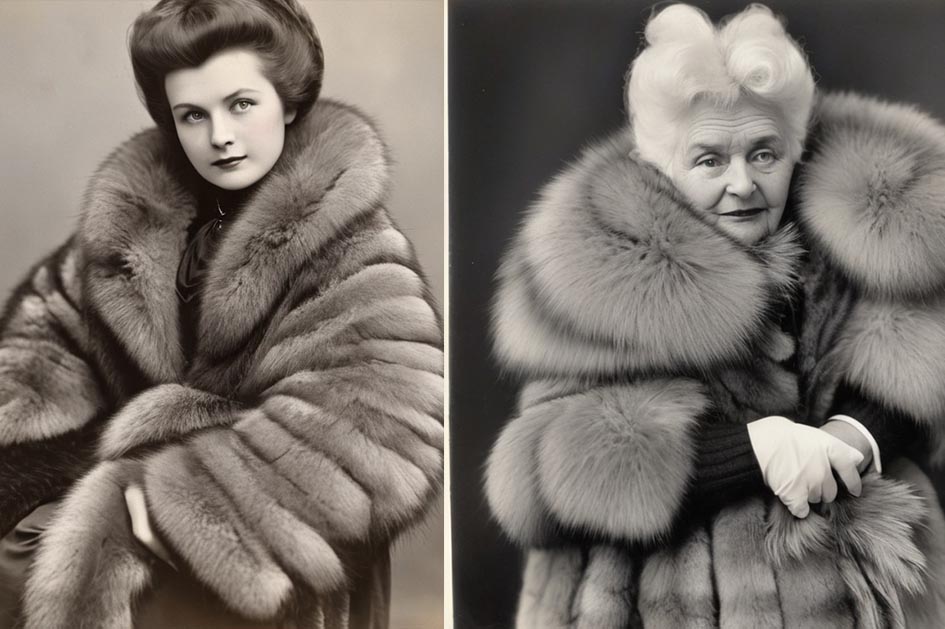
In the past, fur coats were a symbol of luxury and status in the fashion industry
However, shifts in ethical fashion perspectives have led to a reevaluation of the role of fur in our wardrobes.
If you find yourself with a coat that has been forgotten in your closet or inherited and unwanted, simple disposal is not the most responsible choice.
Why Fur Coat Disposal Isn’t the Solution:
- Already Exists:
- Your old coat already exists. Discarding it as invaluable waste is not a sustainable solution, given the environmental impact of fashion waste.
- Animal Already Suffered:
- The fur in your coat comes from an animal that has already suffered. Disposing it as invaluable waste only adds to the waste and does not honor the life of the sacrificed animal.
- Chemical-Loaded Process:
- Fur coats, as animal hides, undergo a chemically intensive production process. Chemicals such as formaldehyde, lead acetate, and sulfuric acid may have been used. Disposing of these coats exacerbates the environmental damage caused during their creation.
- Environmental Issues of Faux Fur:
- Choosing faux fur as a replacement may seem sustainable, but it comes with its own set of problems. Many of them are made from first-rate materials, contributing to issues such as microplastic pollution and chemical contamination.
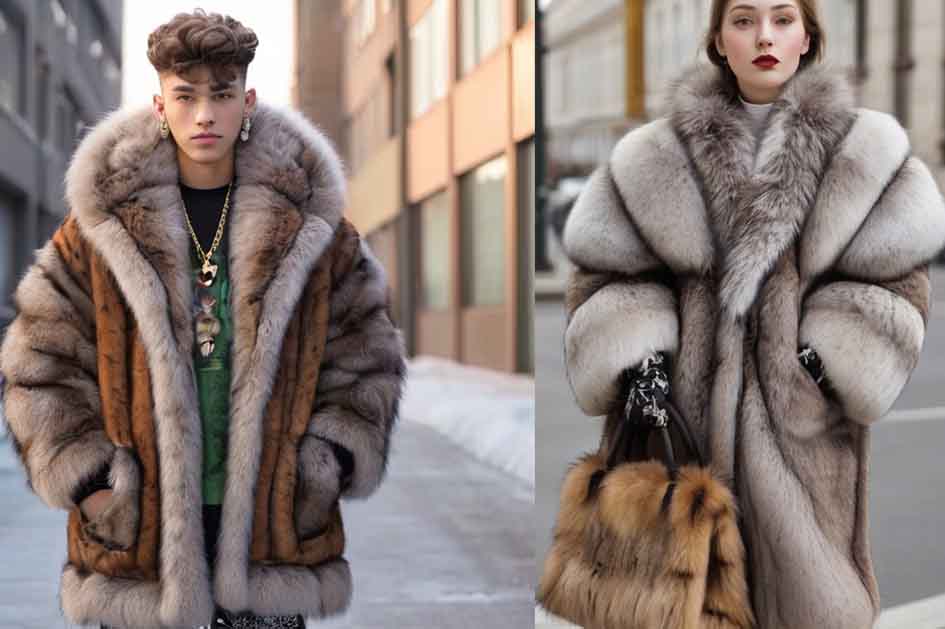
Consider Sustainable Alternatives:
Embracing a conscientious approach to the predicament of old fur coats opens the door to sustainable alternatives.
When seeking alternatives, prioritize sustainable materials and embrace ethical fashion practices, exploring environmentally friendly fabrics that resonate with your values.
By adopting this thoughtful and responsible mindset, you contribute to fostering a more sustainable and compassionate fashion industry.
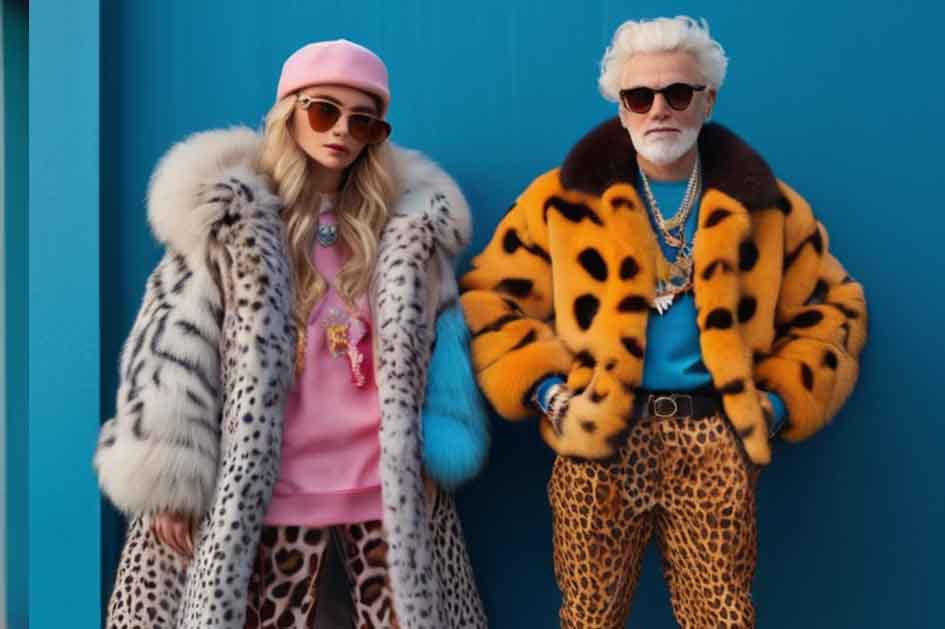
If you’re looking for ethical solutions here are some options:
Donate to Animal Sanctuaries:
Consider donating your coat to animal sanctuaries or shelters. It can be used for bedding for animals in need, providing them with warmth and comfort.
Read more here
Donate to Educational Institutions:
Some educational institutions, especially those focused on fashion or design, may accept fur donations for educational purposes. They can use it for students to study the history of fashion or to practice alterations without supporting the fur industry.
Upcycling Projects:
Work with local artisans or crafters to transform the fur into new, ethical products. This could include creating teddy bears, pillows, or other accessories, giving a new life without supporting the production of new items.
Read more here
Repurposing for Environmental Causes:
Explore options to repurpose the fur for environmental causes, such as using it in ecological restoration projects. For example, sometimes be used to control erosion in certain areas.
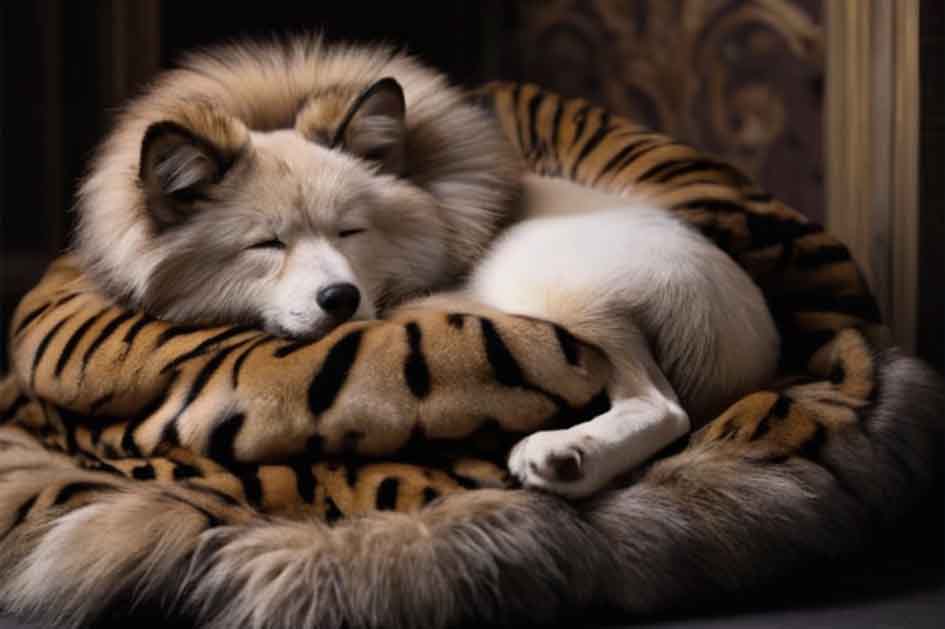
Educational Campaigns:
Use the fur coat as part of an educational campaign against the fur industry. It could be displayed in public spaces or events to raise awareness about the ethical concerns associated with fur production.
Art Projects:
Donate to local artists or art schools for use in art projects. Artists can use the material to create thought-provoking pieces that convey messages about animal rights and ethical fashion.
Community Sharing:
Create a community sharing program where individuals can lend or share their coats for special occasions, reducing the demand for new fur purchases.
Create a Memorial Item:
If the coat holds sentimental value, consider transforming it into a memorial item, such as a quilt or framed piece. This way, you can preserve the memories associated with the coat without perpetuating the use of fur in the fashion industry.
By choosing ethical solutions, you can contribute to positive initiatives, support local communities, and raise awareness about the ethical implications of fur production.
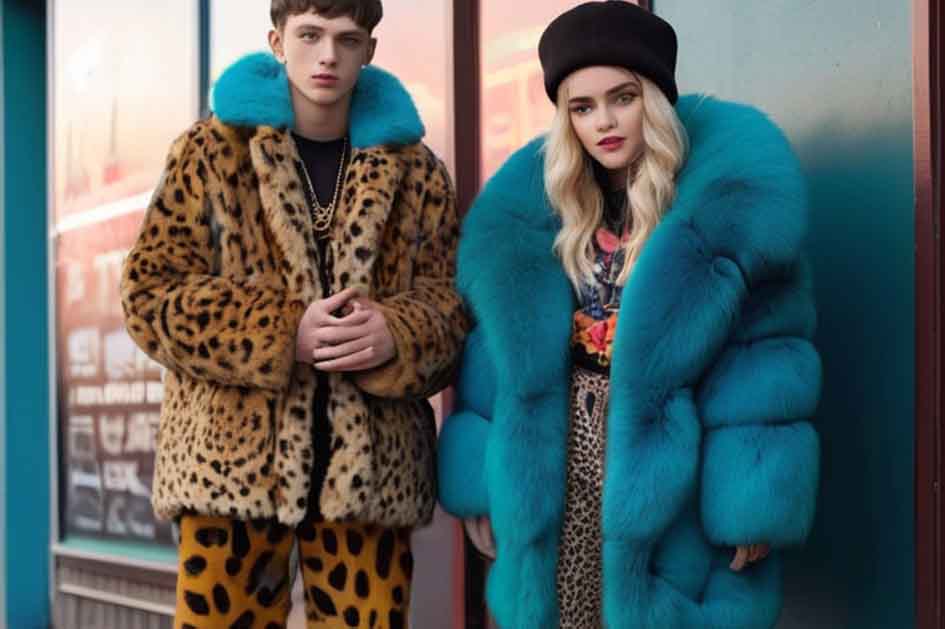
Finding Your Style, Your Way!
Once considered a symbol of luxury and status, fur coats have faced a shift in perception within the fashion industry.
With a growing emphasis on ethical fashion, the role of fur in our wardrobes is being reassessed.
If you have an old coat tucked away or inherited and unwanted, tossing it out isn’t the most responsible choice.
Whether you’re repurposing, donating, educating, or rocking sustainable pieces, remember this: your journey towards sustainability in fashion is a deeply personal one.
Balancing sentimentality with eco-conscious choices is not just commendable; it’s a meaningful step towards a more compassionate and stylish future.
Strut your stuff, fashionista, and make waves in the world of ethical glamour! 💚✨
4 Comments
-
-
maira
Not yet, but if anyone out there wants to sponsor my caffeine addiction, I’m open! ☕😉
-
-
affilionaire.org
I’m really impressed along with your writing talents as neatly as with the structure to your blog. Is that this a paid subject matter or did you customize it yourself? Either way keep up the excellent quality writing, it’s uncommon to peer a great weblog like this one these days!
-
maira
Thank you for the kind words! My blog is a personal project — I’m a fashion professional simply sharing some of my thoughts.
-
Post a comment Cancel reply
You may also like
“Bandana: The Coolest Scarf and Its Story”
The bandana has re-emerged as a trend with a dynamic comeback in the fashion world. I wondered abo
Candy pink. The color trend for the Fall-Winter 2023-2024 season!
Candy pink is a shade of pink that is often associated with the color of sweet and sugary treats. It

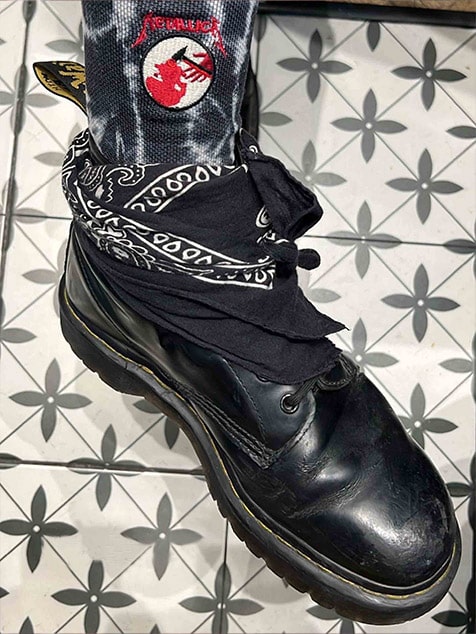
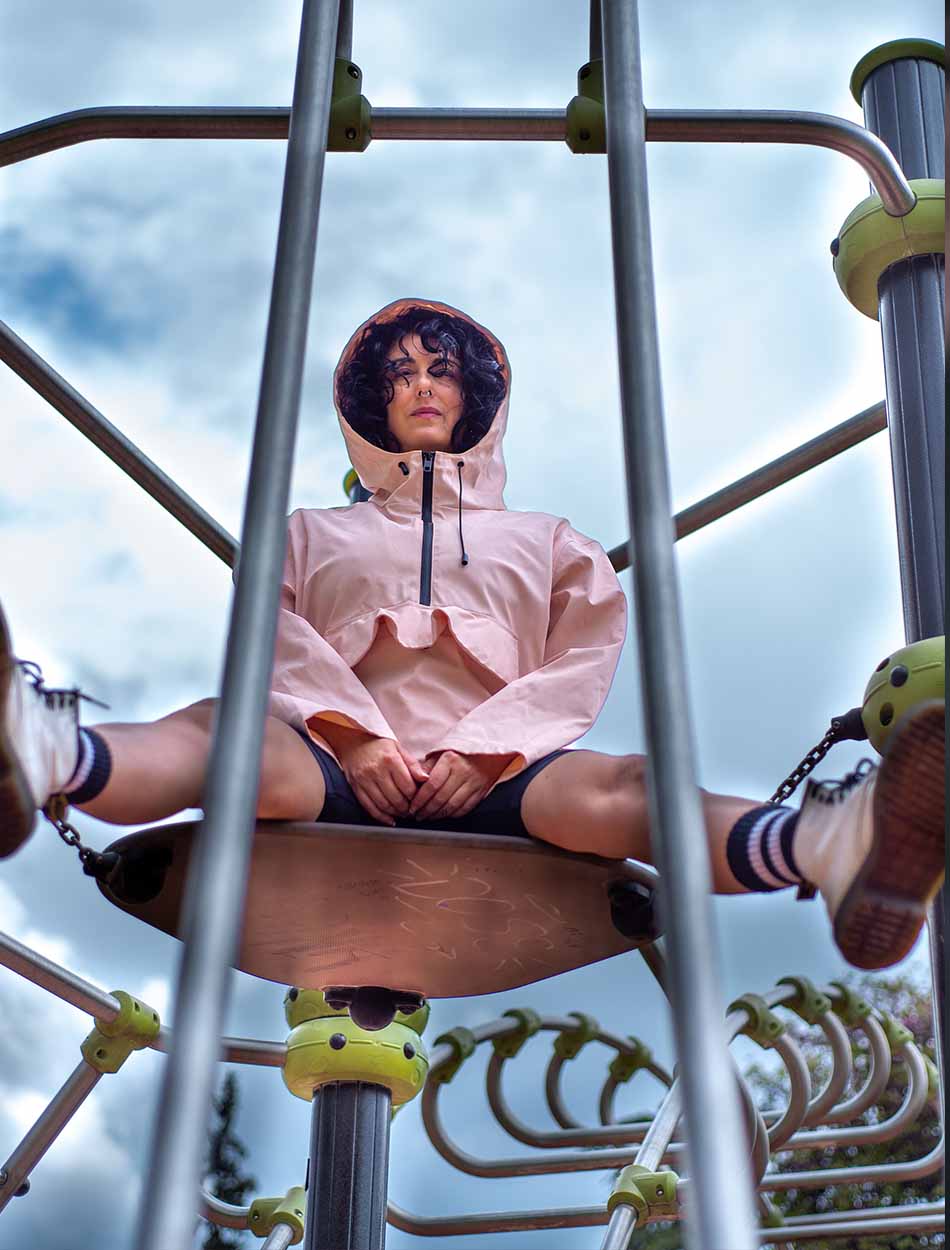

Lara J
Very interesting subject, thank you for putting up.Money from blog